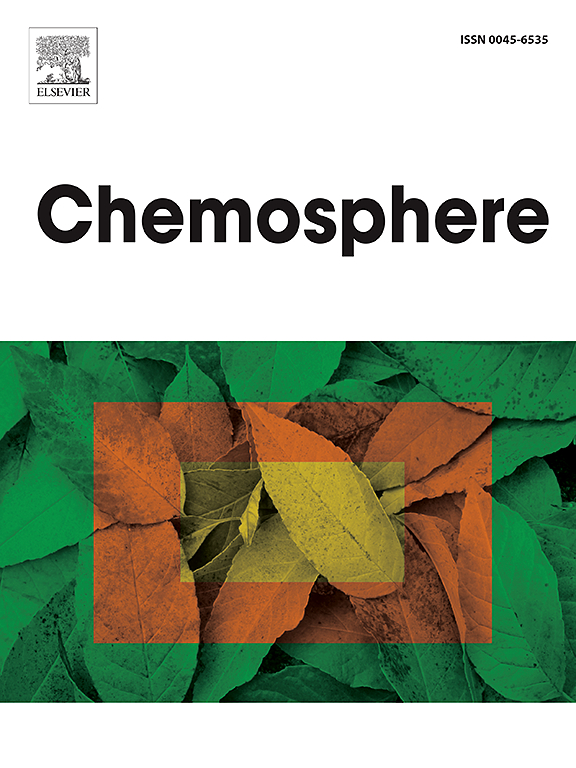Assessment of PFAS levels in drinking water: A case study from Poznań County (Poland)
IF 8.1
2区 环境科学与生态学
Q1 ENVIRONMENTAL SCIENCES
引用次数: 0
Abstract
Exposure to per- and polyfluoroalkyl substances (PFAS) through drinking water has emerged as a significant public health concern due to their persistent, bioaccumulative nature and adverse health effects. Drinking water is the primary non-occupational source of PFAS exposure. Recently, investigative journalism has alerted about the presumptive contamination of drinking water at various European sites, including Poland. However, direct data on PFAS concentrations in raw and treated drinking water in Poland remain scarce. Therefore, this study analyzed the concentrations of 20 PFAS in 18 drinking water samples from Poznań County in Greater Poland, where the contamination of drinking water with PFAS was also presumed. In most samples (14/18; 77.7 %), PFAS concentrations were below the method detection limit (<0.001 μg/L). Positive samples revealed total PFAS levels in the 0.0014–0.0041 μg/L range, decisively below the safety threshold established by the European Drinking Water Directive (<0.1 μg/L). Daily consumption of 1.5 or 2.0 L of water containing PFAS by a 70-kg adult would constitute 4.8–9.3 % or 6.4–18.6 % of tolerable intake set by the European Food Safety Authority. These findings suggest that drinking water in the studied area is not a significant source of PFAS exposure. Further research is recommended to assess PFAS contamination in drinking water across a broader geographic scope in Poland to better understand the national contamination status.

求助全文
约1分钟内获得全文
求助全文
来源期刊

Chemosphere
环境科学-环境科学
CiteScore
15.80
自引率
8.00%
发文量
4975
审稿时长
3.4 months
期刊介绍:
Chemosphere, being an international multidisciplinary journal, is dedicated to publishing original communications and review articles on chemicals in the environment. The scope covers a wide range of topics, including the identification, quantification, behavior, fate, toxicology, treatment, and remediation of chemicals in the bio-, hydro-, litho-, and atmosphere, ensuring the broad dissemination of research in this field.
 求助内容:
求助内容: 应助结果提醒方式:
应助结果提醒方式:


